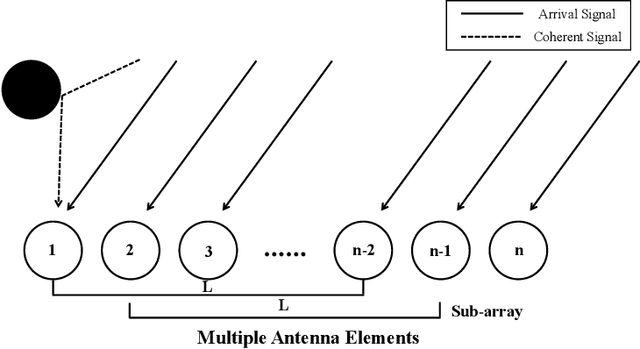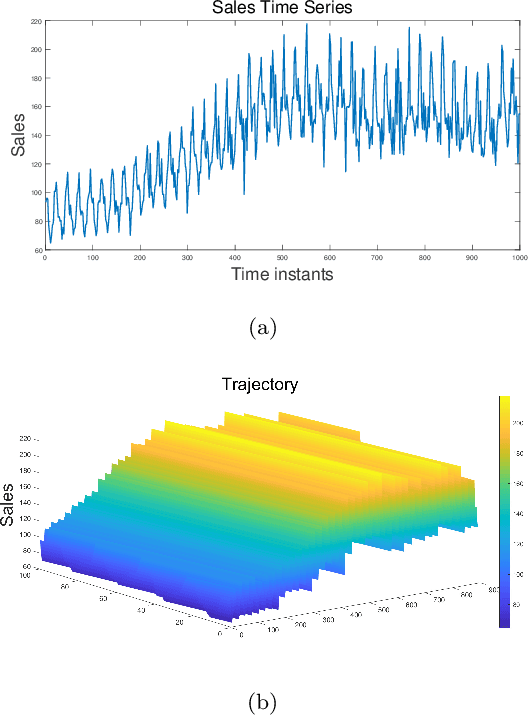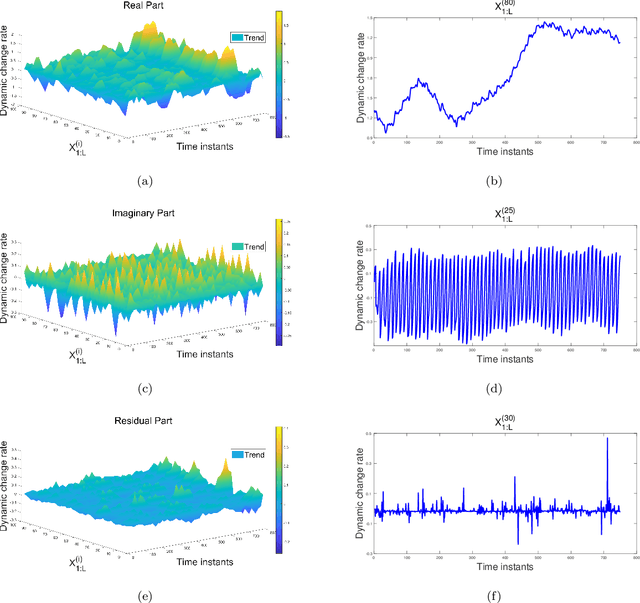Bin Wan
Divide-and-Conquer Decoupled Network for Cross-Domain Few-Shot Segmentation
Nov 11, 2025Abstract:Cross-domain few-shot segmentation (CD-FSS) aims to tackle the dual challenge of recognizing novel classes and adapting to unseen domains with limited annotations. However, encoder features often entangle domain-relevant and category-relevant information, limiting both generalization and rapid adaptation to new domains. To address this issue, we propose a Divide-and-Conquer Decoupled Network (DCDNet). In the training stage, to tackle feature entanglement that impedes cross-domain generalization and rapid adaptation, we propose the Adversarial-Contrastive Feature Decomposition (ACFD) module. It decouples backbone features into category-relevant private and domain-relevant shared representations via contrastive learning and adversarial learning. Then, to mitigate the potential degradation caused by the disentanglement, the Matrix-Guided Dynamic Fusion (MGDF) module adaptively integrates base, shared, and private features under spatial guidance, maintaining structural coherence. In addition, in the fine-tuning stage, to enhanced model generalization, the Cross-Adaptive Modulation (CAM) module is placed before the MGDF, where shared features guide private features via modulation ensuring effective integration of domain-relevant information. Extensive experiments on four challenging datasets show that DCDNet outperforms existing CD-FSS methods, setting a new state-of-the-art for cross-domain generalization and few-shot adaptation.
A Confounding Factors-Inhibition Adversarial Learning Framework for Multi-site fMRI Mental Disorder Identification
Apr 12, 2025Abstract:In open data sets of functional magnetic resonance imaging (fMRI), the heterogeneity of the data is typically attributed to a combination of factors, including differences in scanning procedures, the presence of confounding effects, and population diversities between multiple sites. These factors contribute to the diminished effectiveness of representation learning, which in turn affects the overall efficacy of subsequent classification procedures. To address these limitations, we propose a novel multi-site adversarial learning network (MSalNET) for fMRI-based mental disorder detection. Firstly, a representation learning module is introduced with a node information assembly (NIA) mechanism to better extract features from functional connectivity (FC). This mechanism aggregates edge information from both horizontal and vertical directions, effectively assembling node information. Secondly, to generalize the feature across sites, we proposed a site-level feature extraction module that can learn from individual FC data, which circumvents additional prior information. Lastly, an adversarial learning network is proposed as a means of balancing the trade-off between individual classification and site regression tasks, with the introduction of a novel loss function. The proposed method was evaluated on two multi-site fMRI datasets, i.e., Autism Brain Imaging Data Exchange (ABIDE) and ADHD-200. The results indicate that the proposed method achieves a better performance than other related algorithms with the accuracy of 75.56 and 68.92 in ABIDE and ADHD-200 datasets, respectively. Furthermore, the result of the site regression indicates that the proposed method reduces site variability from a data-driven perspective. The most discriminative brain regions revealed by NIA are consistent with statistical findings, uncovering the "black box" of deep learning to a certain extent.
A Combination Model for Time Series Prediction using LSTM via Extracting Dynamic Features Based on Spatial Smoothing and Sequential General Variational Mode Decomposition
Jun 05, 2024



Abstract:In order to solve the problems such as difficult to extract effective features and low accuracy of sales volume prediction caused by complex relationships such as market sales volume in time series prediction, we proposed a time series prediction method of market sales volume based on Sequential General VMD and spatial smoothing Long short-term memory neural network (SS-LSTM) combination model. Firstly, the spatial smoothing algorithm is used to decompose and calculate the sample data of related industry sectors affected by the linkage effect of market sectors, extracting modal features containing information via Sequential General VMD on overall market and specific price trends; Then, according to the background of different Market data sets, LSTM network is used to model and predict the price of fundamental data and modal characteristics. The experimental results of data prediction with seasonal and periodic trends show that this method can achieve higher price prediction accuracy and more accurate accuracy in specific market contexts compared to traditional prediction methods Describe the changes in market sales volume.
 Add to Chrome
Add to Chrome Add to Firefox
Add to Firefox Add to Edge
Add to Edge